The 15 Most Sought-After Saltwater Fish in the U.S.
The shimmering waters surrounding the United States are home to some of the most beautiful and challenging game fish in the world. From the powerful billfish that patrol offshore waters to the elusive inhabitants of shallow flats, saltwater fishing in America offers an incredible diversity of species that anglers pursue with passion. Whether you’re casting from shore, drifting over a reef, or trolling in deep blue water, these prized saltwater species represent the pinnacle of fishing achievement for many enthusiasts. The following fifteen species stand out as the most sought-after saltwater fish in U.S. waters, each offering unique challenges and rewards that keep anglers coming back season after season.
1. Blue Marlin: The Ultimate Trophy Fish
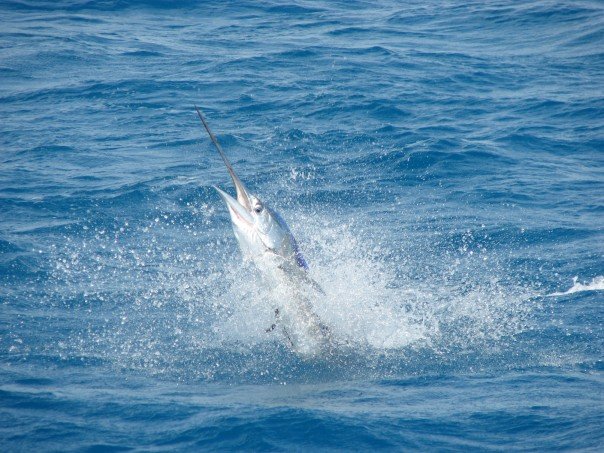
The blue marlin stands as perhaps the most iconic big-game fish in American waters, with specimens regularly exceeding 500 pounds and occasionally surpassing 1,000 pounds. These magnificent predators are known for their spectacular aerial displays when hooked, often launching their massive bodies completely out of the water in a series of tail-walking jumps that test both equipment and angler. Found primarily in the warm offshore waters of the Gulf of Mexico and along the Atlantic coast, blue marlin require specialized heavy tackle and boats capable of venturing far offshore. The challenge of finding, hooking, and successfully landing these apex predators represents the pinnacle of achievement for many saltwater anglers, with some dedicating decades to the pursuit of a trophy specimen.
2. Yellowfin Tuna: Speed and Power Combined

Yellowfin tuna represent the perfect combination of raw power, blazing speed, and culinary excellence that makes them one of America’s most prized saltwater gamefish. These torpedo-shaped predators can exceed 200 pounds in U.S. waters and are capable of stripping hundreds of yards of line from a reel in seconds when hooked. Found in both the Atlantic and Pacific, yellowfin are particularly sought after in the Gulf of Mexico, where they often gather around offshore oil rigs and underwater structures. Their fighting ability is legendary, with battles often lasting hours as these muscular fish make repeated deep runs that leave anglers exhausted. Beyond the sporting challenge, yellowfin are prized for their firm, red flesh that commands premium prices in seafood markets and sushi restaurants across the country.
3. Tarpon: The Silver King of Coastal Waters
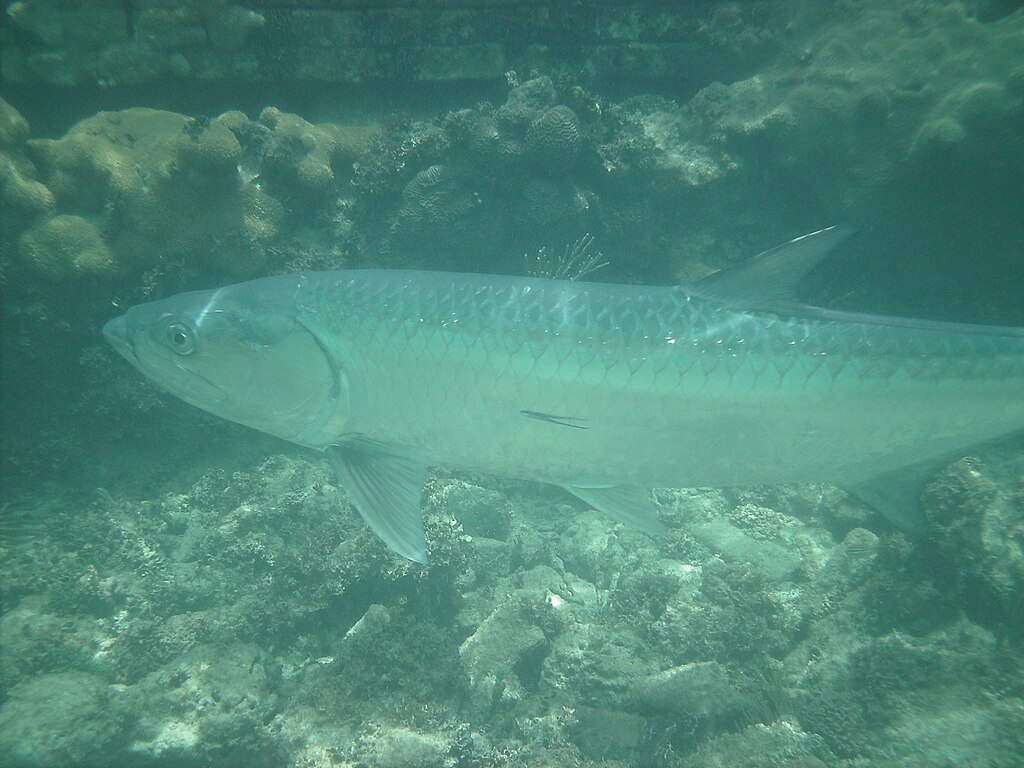
Few fishing experiences can match the heart-stopping excitement of a massive tarpon erupting from the water with a hook firmly planted in its bony mouth. These prehistoric-looking fish, often reaching 100-200 pounds in Florida and Gulf Coast waters, have earned their nickname “Silver King” thanks to their mirror-like scales that flash brilliantly in the sunlight. Tarpon are primarily pursued in shallow coastal waters, with dedicated seasons drawing thousands of anglers to hotspots like the Florida Keys, Boca Grande, and the Texas coast. What makes tarpon particularly challenging is their remarkable jumping ability combined with hard, plate-like mouths that make hook penetration difficult, resulting in success rates that humble even experienced anglers. The tarpon fishery in the U.S. has evolved to become primarily catch-and-release, with most states offering protected status to ensure these magnificent gamefish remain abundant for future generations.
4. Striped Bass: The Atlantic Coast Icon
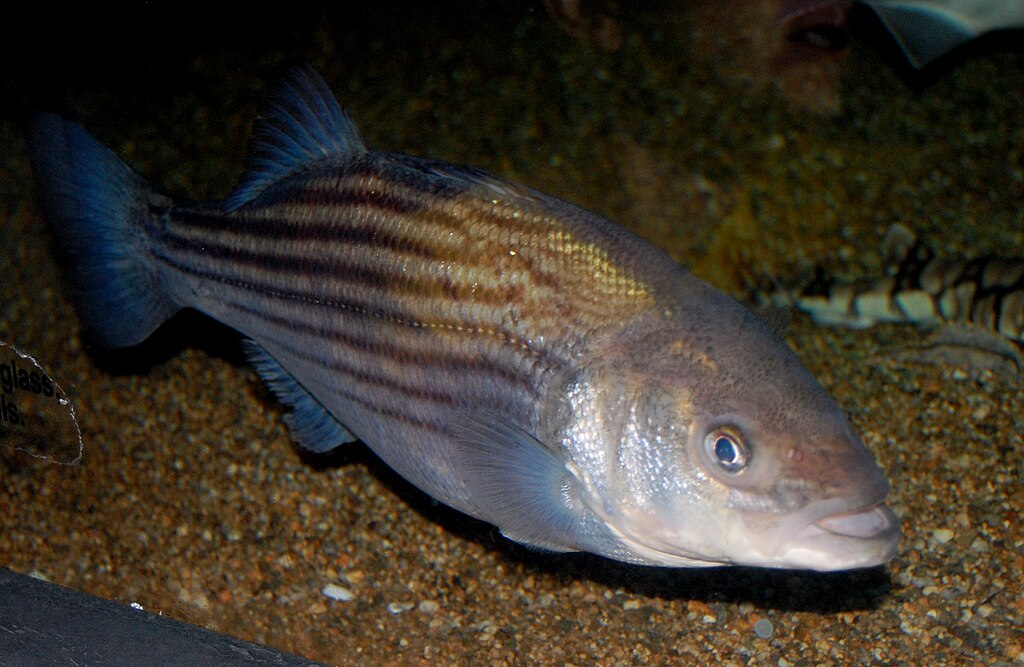
Striped bass hold a special place in American fishing culture, particularly along the Eastern Seaboard, where these powerful, line-sided fish support one of the nation’s most passionate angling communities. These adaptable predators migrate seasonally along the Atlantic coast, creating world-class fishing opportunities from Maine to North Carolina as they pursue baitfish in coastal waters, estuaries, and river systems. What makes striped bass so sought after is their accessibility—they can be caught from shore, small boats, and even in urban settings like New York Harbor or Chesapeake Bay, combined with their fighting ability and excellent table fare. Conservation success has been a key part of the striped bass story, with population recovery efforts in the 1980s and 90s leading to the current robust fishery that supports both recreational and commercial interests, though ongoing management remains crucial to their long-term sustainability.
5. Permit: The Ultimate Flats Challenge
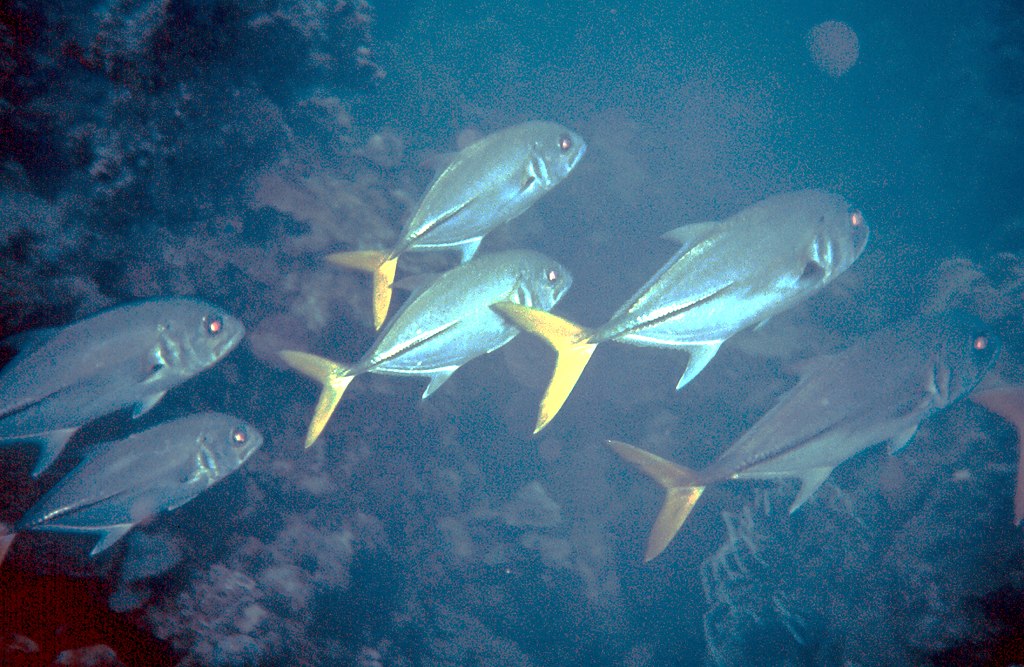
Among shallow water species, few fish command the respect and frustration of anglers like the permit, a notoriously selective member of the jack family that inhabits tropical flats from Florida to Texas. With their distinctive forked tails, silver bodies, and seemingly supernatural ability to detect human presence, permit represent the most challenging quarry in the flats fishing world. These fish typically range from 10-30 pounds but can grow substantially larger, with their broad, flat bodies creating tremendous resistance when hooked in shallow water. What makes permit fishing so addictive is the visual nature of the pursuit—anglers must spot these fish from a distance, present flies or crabs with pinpoint accuracy, and then witness the eat before setting the hook. Many accomplished anglers spend years pursuing their first permit, making success with this species one of the most coveted achievements in saltwater fishing.
6. Red Drum: The Redfish Revolution

Red drum, commonly known as redfish, have experienced an explosion in popularity over the past three decades, transforming from a primarily table fare species to one of America’s premier shallow water gamefish. Identifiable by their copper-bronze coloration and distinctive black tail spot, redfish inhabit estuaries and shallow coastal waters from the Chesapeake Bay to Texas, with the Gulf Coast representing the heart of their range. Their appeal lies in their accessibility and the variety of ways they can be targeted—from sight-fishing in crystal clear shallows to blind-casting around oyster bars and marsh edges during less favorable conditions. Redfish are particularly prized for their willingness to eat artificial lures and flies, making them ideal targets for anglers of all skill levels, while their strong, bulldogging fights in shallow water provide plenty of excitement. Conservation measures, including gamefish status in several states, have ensured that redfish populations remain healthy despite increasing fishing pressure.
7. Bonefish: The Gray Ghost of the Flats
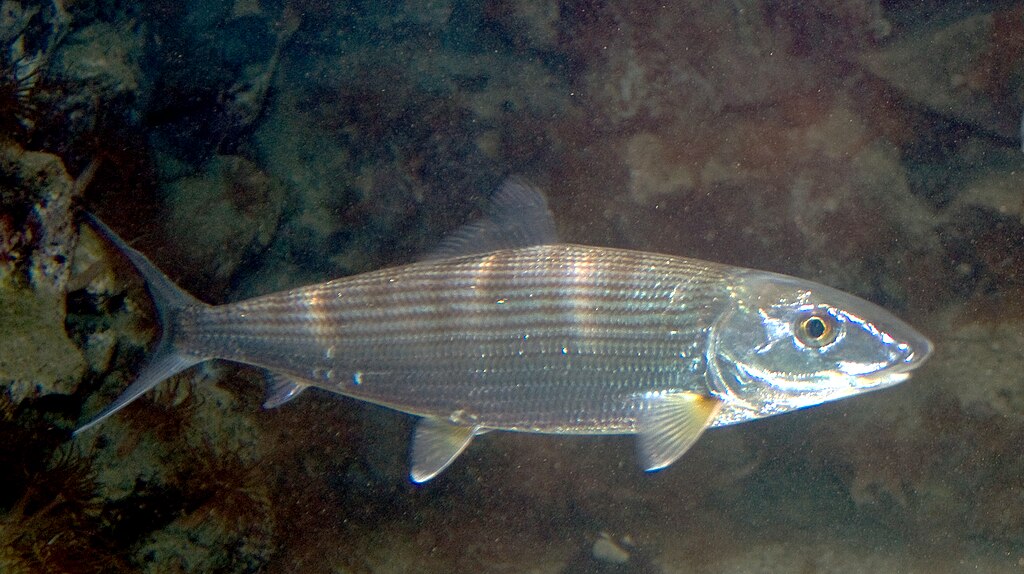
Bonefish have earned their nickname “gray ghosts” through their remarkable camouflage and lightning-fast runs that can strip hundreds of yards of line from a reel in seconds. These sleek, silver torpedoes primarily inhabit the shallow flats of South Florida, particularly the Florida Keys and Biscayne Bay, where they forage for crustaceans and small prey in water often less than two feet deep. What makes bonefish so addictive to pursue is the combination of stealth, accuracy, and anticipation required—anglers must carefully pole or wade across shallow flats, spot these camouflaged fish at a distance, then deliver precise casts without alerting them. When hooked, bonefish make spectacular initial runs that few other species can match, often reaching speeds of 30 mph as they flee across the flats. The bonefish fishery in the U.S. operates almost exclusively as catch-and-release, allowing these remarkable fish to be caught multiple times and grow to impressive sizes exceeding 10 pounds.
8. Sailfish: The Acrobatic Billfish
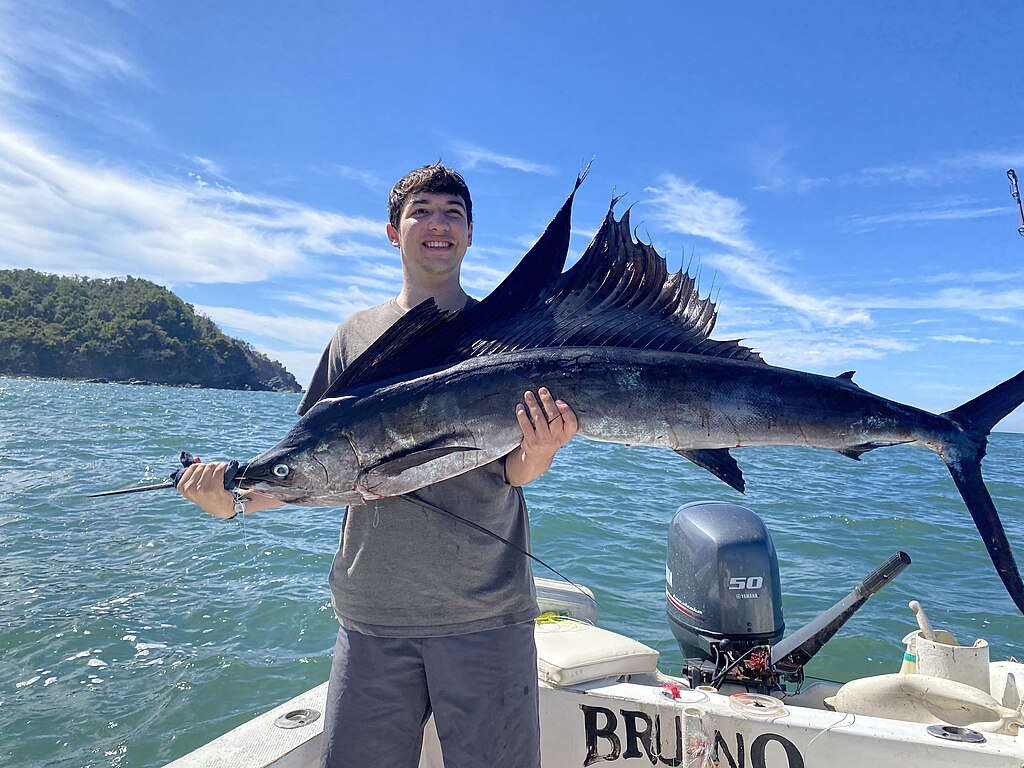
The Atlantic sailfish stands as one of America’s most spectacular gamefish, instantly recognizable by its tall, sail-like dorsal fin and iridescent blue coloration. These relatively small billfish—typically ranging from 40-80 pounds in U.S. waters—make up for their size with unmatched aerial displays, often making multiple jumps and tail-walking across the surface when hooked. The waters off South Florida, particularly around Miami and the Florida Keys, host world-famous sailfish runs during winter months when cold fronts push baitfish schools along the continental shelf, creating feeding frenzies that anglers eagerly anticipate each year. What makes sailfish particularly sought-after is their accessibility compared to other billfish—they can often be found within sight of land, making them available to anglers in smaller boats who can’t venture far offshore. The sailfish fishery in the U.S. has evolved to become primarily catch-and-release, with specialized tackle and handling techniques developed to ensure these magnificent fish swim away healthy after providing unforgettable experiences.
9. Mahi-Mahi: The Colorful Offshore Prize
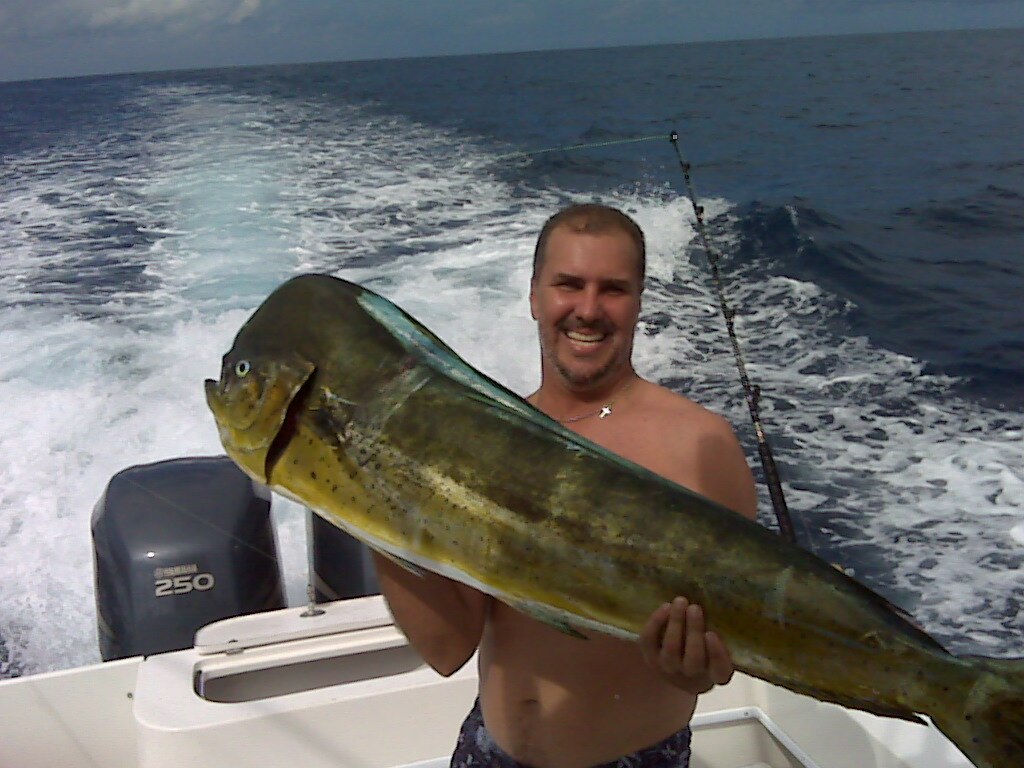
Few fish capture the imagination of offshore anglers like mahi-mahi (also called dolphinfish or dorado), with their electric blue, green, and gold coloration that seems to glow beneath the surface of clear offshore waters. These hard-fighting pelagic fish grow quickly but rarely exceed 50 pounds in U.S. waters, though their acrobatic fighting style and tendency to travel in schools make them tremendously popular targets from North Carolina to Texas and throughout Hawaii. What makes mahi-mahi particularly special is the visual nature of the fishery—they often gather around floating debris, weed lines, or other structures in clear blue water, allowing anglers to sight-cast to visible fish. Their aggressive feeding behavior means they readily strike a wide variety of lures, baits, and flies, making them accessible to anglers of all skill levels. Beyond their sporting qualities, mahi-mahi are considered one of the finest eating fish in the ocean, with firm white flesh that’s prized in restaurants and homes alike.
10. Snook: The Sophisticated Linesider
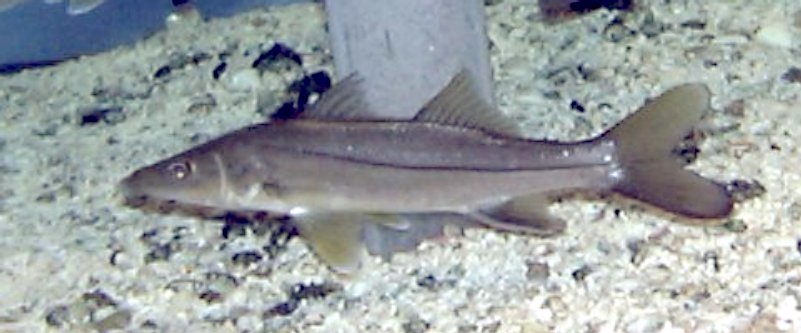
Snook represent the ultimate combination of challenging quarry and urban accessibility, with these sophisticated predators often found within casting distance of waterfront restaurants and condominiums throughout Florida and parts of Texas. Instantly recognizable by their distinct lateral line and protruding lower jaw, snook have adapted to thrive in diverse environments from pristine backcountry mangroves to concrete-lined canals and dock structures in developed areas. What makes snook particularly challenging is their selective feeding behavior and uncanny ability to find structure that can cut fishing line—successful anglers must master precise presentations and understand how to control hooked fish that immediately head for the nearest barnacle-encrusted piling or mangrove root system. Strict harvest regulations, including seasonal closures during spawning periods and tight slot limits, have helped snook populations recover from historical freeze events and fishing pressure, particularly in Florida, where they hold prized gamefish status. The combination of accessibility, challenging behavior, and delicious white flesh for those who occasionally harvest a legal fish makes snook one of America’s most pursued inshore species.
11. Wahoo: The Speed Demon of Offshore Waters
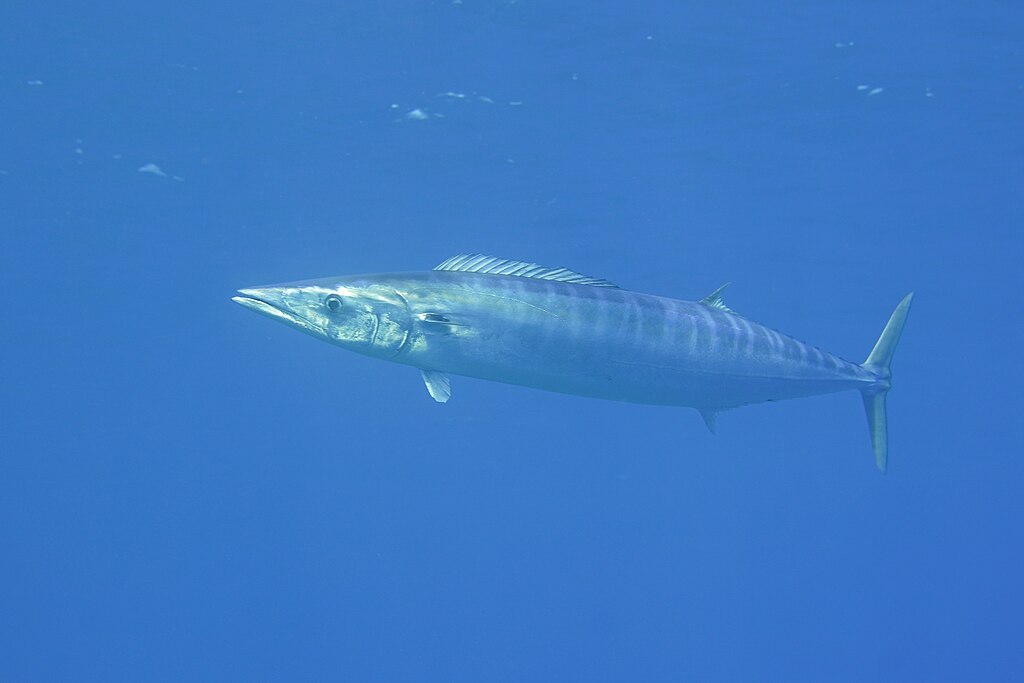
Wahoo stand as perhaps the fastest fish in American waters, with their streamlined, torpedo-like bodies capable of short bursts exceeding 60 mph when pursuing prey or fleeing danger. These offshore predators, instantly recognizable by their tiger-stripe pattern and razor-sharp teeth, are primarily targeted in the clear blue waters off Florida, the Gulf Coast, and Hawaii, where they patrol the edges of currents and underwater structures. What makes wahoo particularly thrilling to catch is their blistering initial run when hooked—these fish can strip several hundred yards of line in seconds, often leaving anglers stunned by their raw speed and power. High-speed trolling with specialized lures and rigging is the most productive method for targeting wahoo, with most specimens weighing between 20-50 pounds, though fish exceeding 100 pounds are caught each year in U.S. waters. Beyond the sporting challenge, wahoo are prized for their firm, white flesh that ranks among the finest eating of all offshore species, commanding premium prices in seafood markets.
12. Cobia: The Curious Bruiser
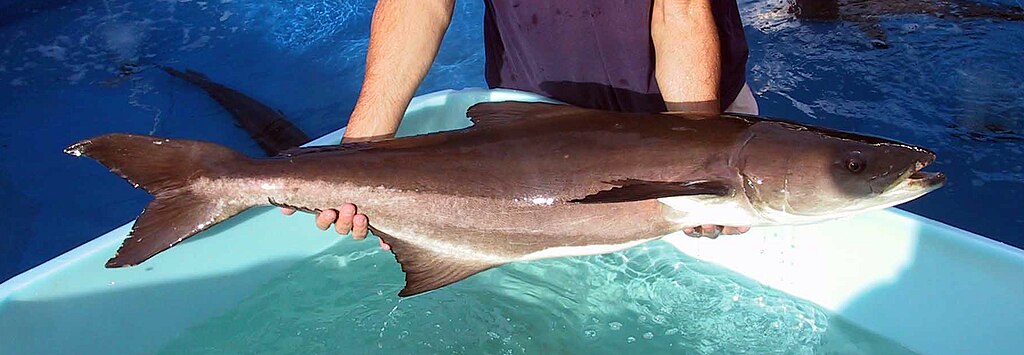
Cobia represent one of the most unique gamefish in American waters, with their distinctive shark-like appearance and unpredictable fighting style making them coveted targets from Virginia to Texas. These powerful fish, which typically range from 20-50 pounds but can exceed 100 pounds, are known for their curious nature—often following boats, swimming alongside rays, or investigating structures, which creates unique sight-fishing opportunities unlike any other major gamefish. When hooked, cobia display remarkable strength and endurance, with battles characterized by powerful runs, head-shaking jumps, and last-ditch surges at the boat that have left many anglers heartbroken. Their seasonal migrations create passionate followings among coastal anglers, particularly along the Gulf Coast, where the appearance of spring cobia moving along beaches draws fleets of tower boats scanning the waters for these prized fish. Beyond their sporting qualities, cobia are renowned for their excellent table fare, with firm white flesh that’s widely considered among the best-eating fish in the ocean.
13. Flounder: The Ambush Specialist

While perhaps less glamorous than some oceanic giants, flounder have earned their place among America’s most sought-after saltwater species through their widespread availability, challenging behavior, and unmatched table quality. These remarkable flatfish, which undergo a metamorphosis early in life that shifts both eyes to one side of their body, are masters of camouflage that bury themselves in bottom sediment where they ambush passing prey. The southern flounder dominates Gulf and South Atlantic waters, while summer and winter flounder are prized targets in the Mid-Atlantic and Northeast, with dedicated anglers developing specialized techniques for each species and region. What makes flounder fishing particularly addictive is the specialized techniques required—successful anglers must master the slow, bottom-bumping retrieves that trigger these ambush predators to strike, with the subtle take often felt as mere pressure rather than a distinct bite. The remarkable table quality of flounder, with sweet, flaky white meat that’s prized by chefs and home cooks alike, adds another dimension to their appeal as both a sporting and culinary pursuit.
14. Speckled Trout: The Inshore Staple
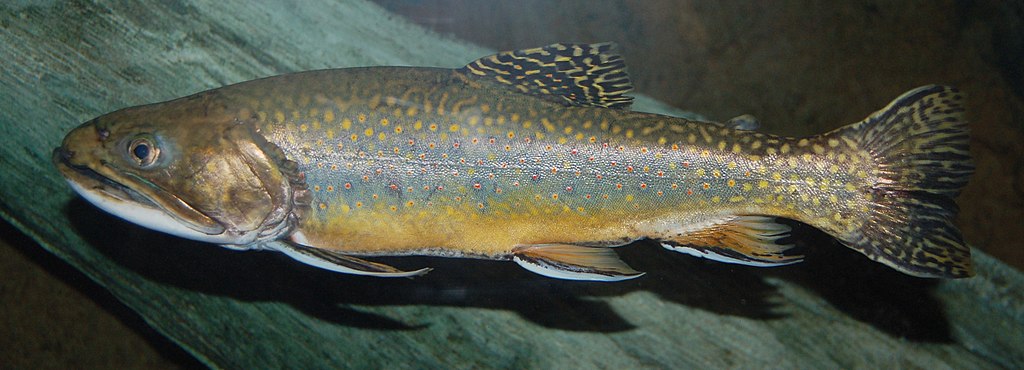
Speckled trout (spotted seatrout) represent the backbone of inshore fishing across the Gulf Coast and Southern Atlantic states, with their abundance and year-round availability making them the foundation of many anglers’ saltwater experiences. These members of the drum family are instantly recognizable by their silvery bodies adorned with distinctive black spots and their prominent teeth that give them formidable predatory capabilities in shallow estuarine environments. What makes speckled trout particularly popular is their accessibility—they can be caught from shore, small boats, kayaks, and even urban fishing piers, combined with their willingness to strike a wide variety of artificial lures, flies, and natural baits. Seasonal patterns create opportunities to target different size classes throughout the year, from abundant “schoolie” trout to the coveted “gator” specimens exceeding five pounds that become the obsession of many dedicated anglers. Conservation efforts, including reduced bag limits and size restrictions in many states, have helped maintain healthy populations despite heavy fishing pressure on this species that excels both as a gamefish and as a delicious dinner.
15. Blackfin Tuna: The Accessible Tuna Experience
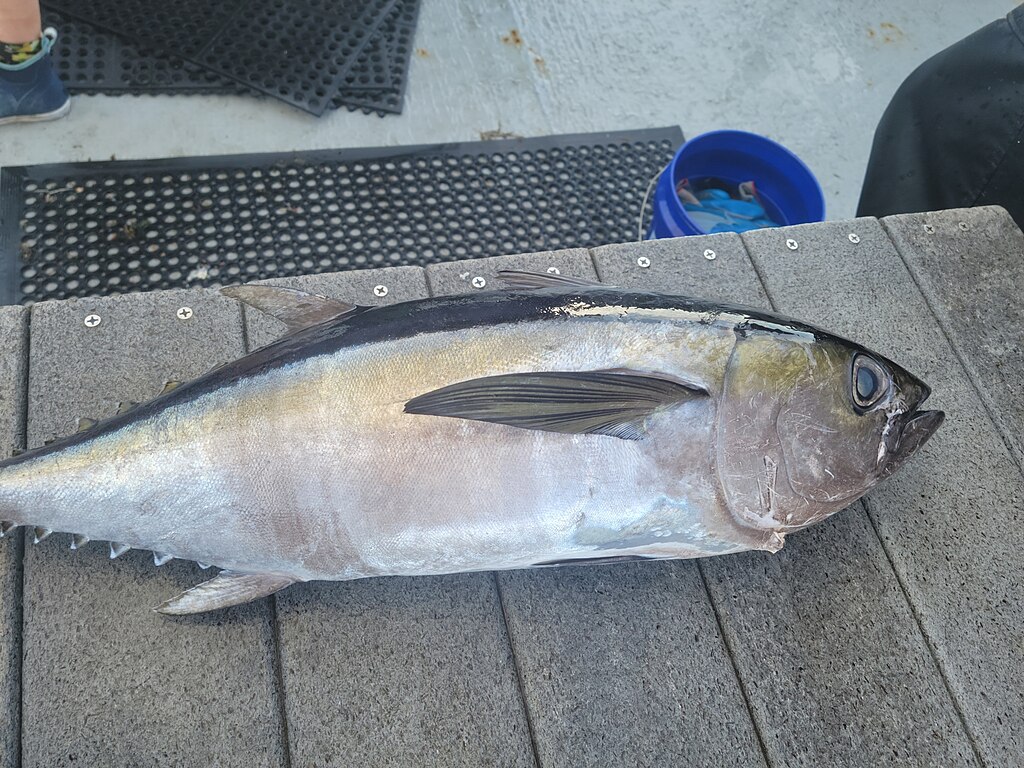
Blackfin tuna offer American anglers the complete tuna experience—blistering runs, dogged deep fighting, and exceptional table fare—in a package that’s more accessible than their larger yellowfin and bluefin cousins. These compact powerhouses, which typically range from 10-30 pounds in U.S. waters, can be found relatively close to shore along the Atlantic Coast from the Carolinas to Florida and throughout the Gulf of Mexico, often within range of center console boats rather than requiring specialized offshore vessels. What makes blackfin particularly exciting is their tendency to feed aggressively at the surface, creating visual fishing opportunities where anglers can cast to actively feeding schools or “tuna sprays” that erupt as they corral baitfish. Their fighting ability is remarkable for their size, with powerful initial runs followed by dogged circling in the depths that tests both tackle and angler stamina despite their modest dimensions. The culinary qualities of blackfin rival those of any tuna species, with deep red flesh that’s prized for sashimi, searing, or other preparations that showcase their rich flavor and firm texture.
Conclusion
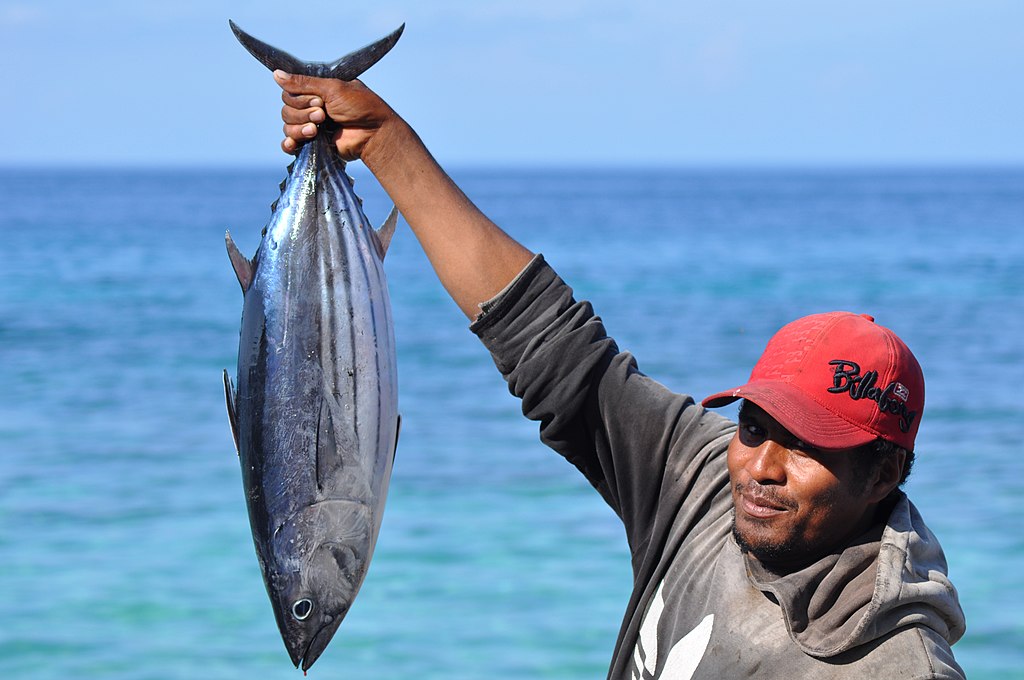
The diverse coastlines of the United States offer an incredible array of saltwater fishing opportunities, from the shallow flats of Florida to the deep offshore canyons of the Mid-Atlantic. Each of these fifteen species represents not just a fish, but an entire culture of angling techniques, specialized equipment, and dedicated communities that have evolved around their pursuit. Whether you’re a seasoned saltwater veteran or an aspiring angler looking to experience the thrill of these magnificent species, America’s coastal waters offer some of the finest fishing opportunities in the world. As conservation awareness continues to grow, responsible practices like catch-and-release and size limits ensure these prized fish will continue to challenge and reward anglers for generations to come.

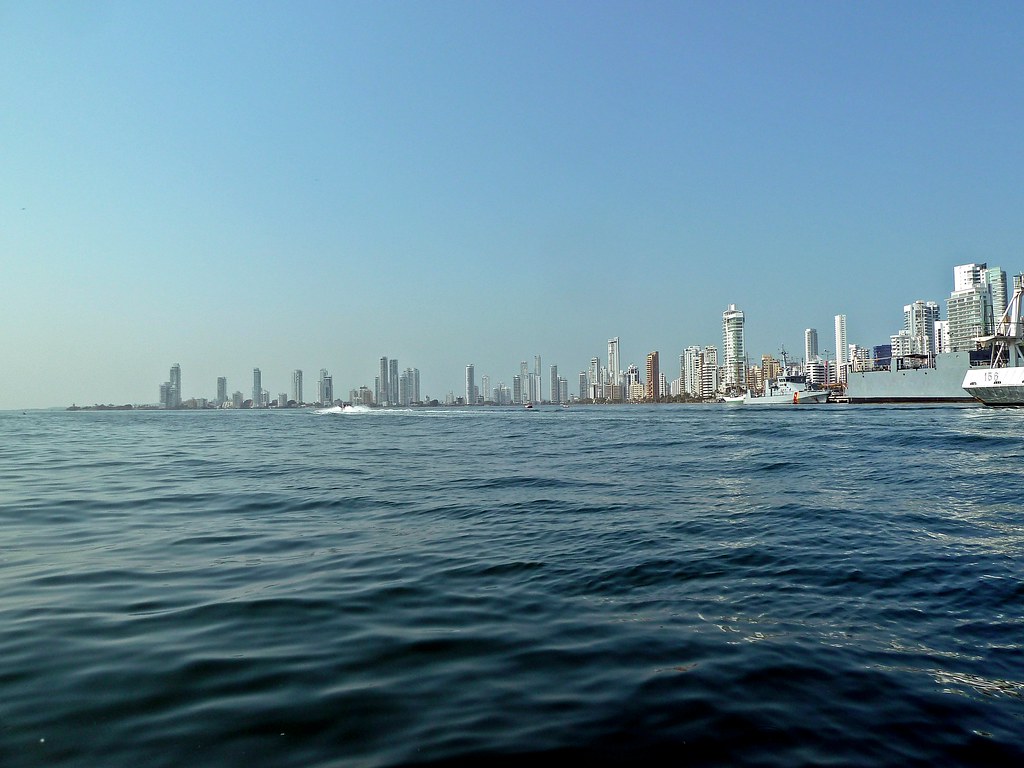

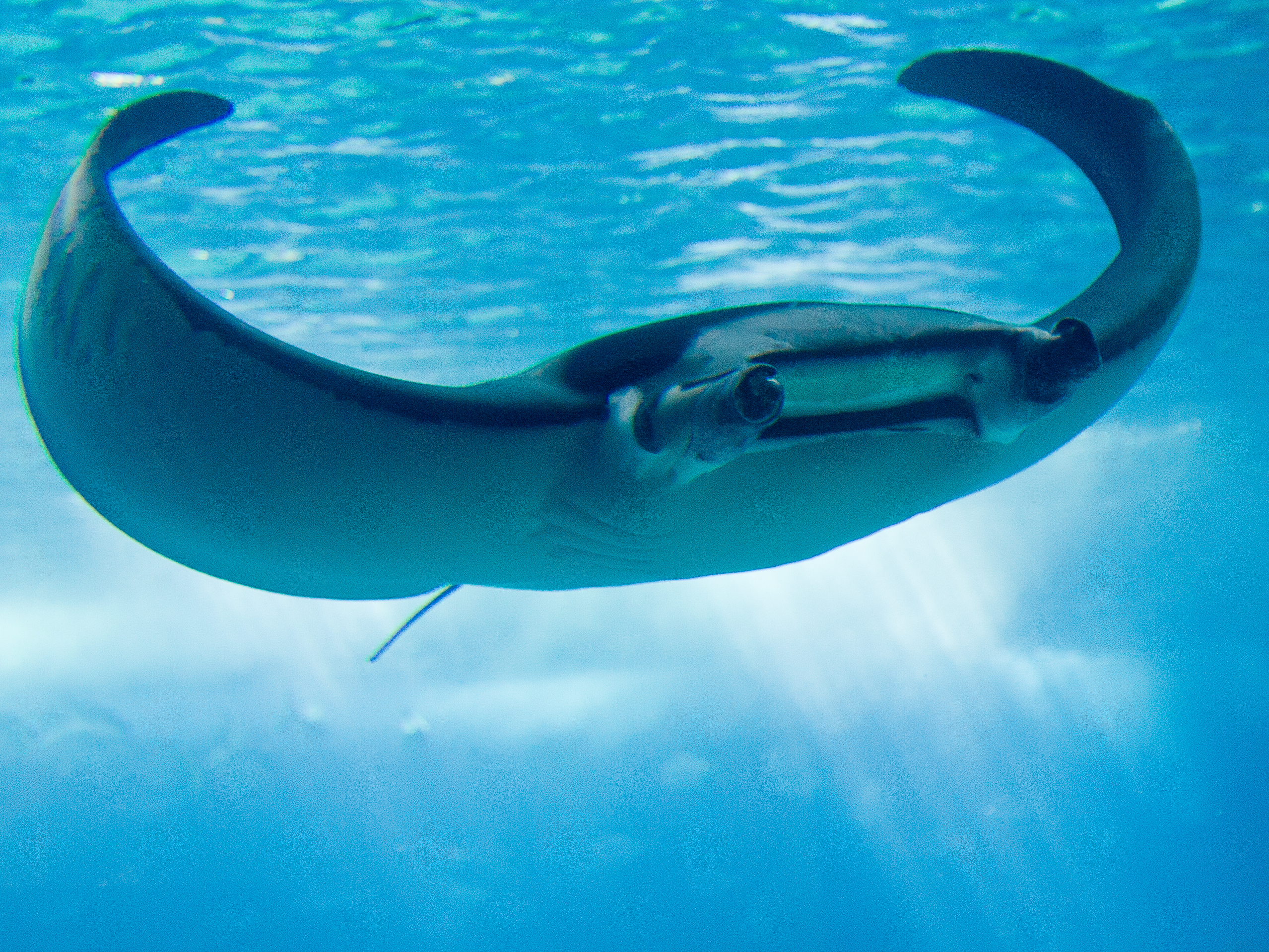
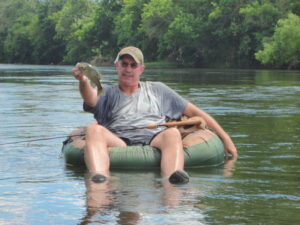









Post Comment